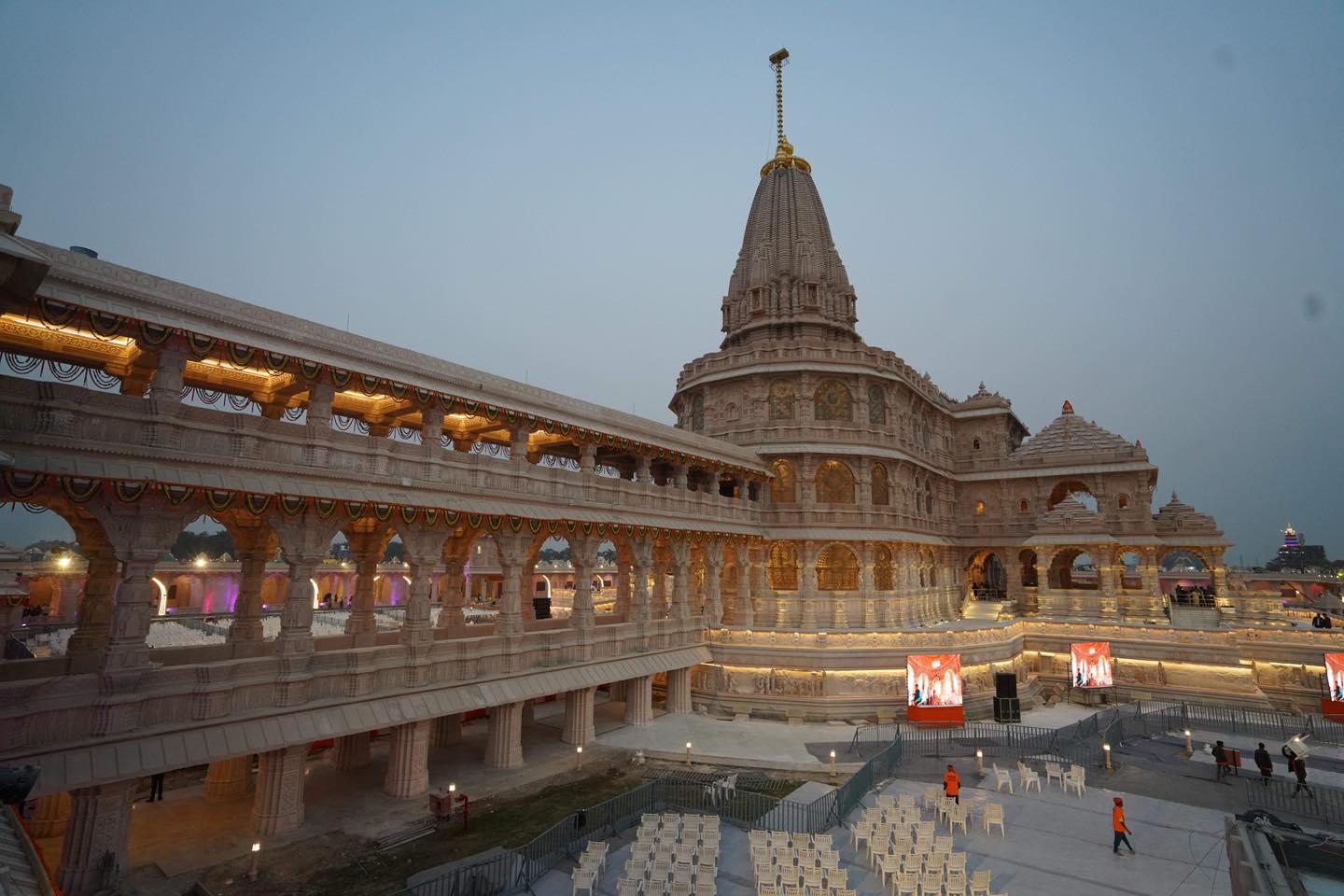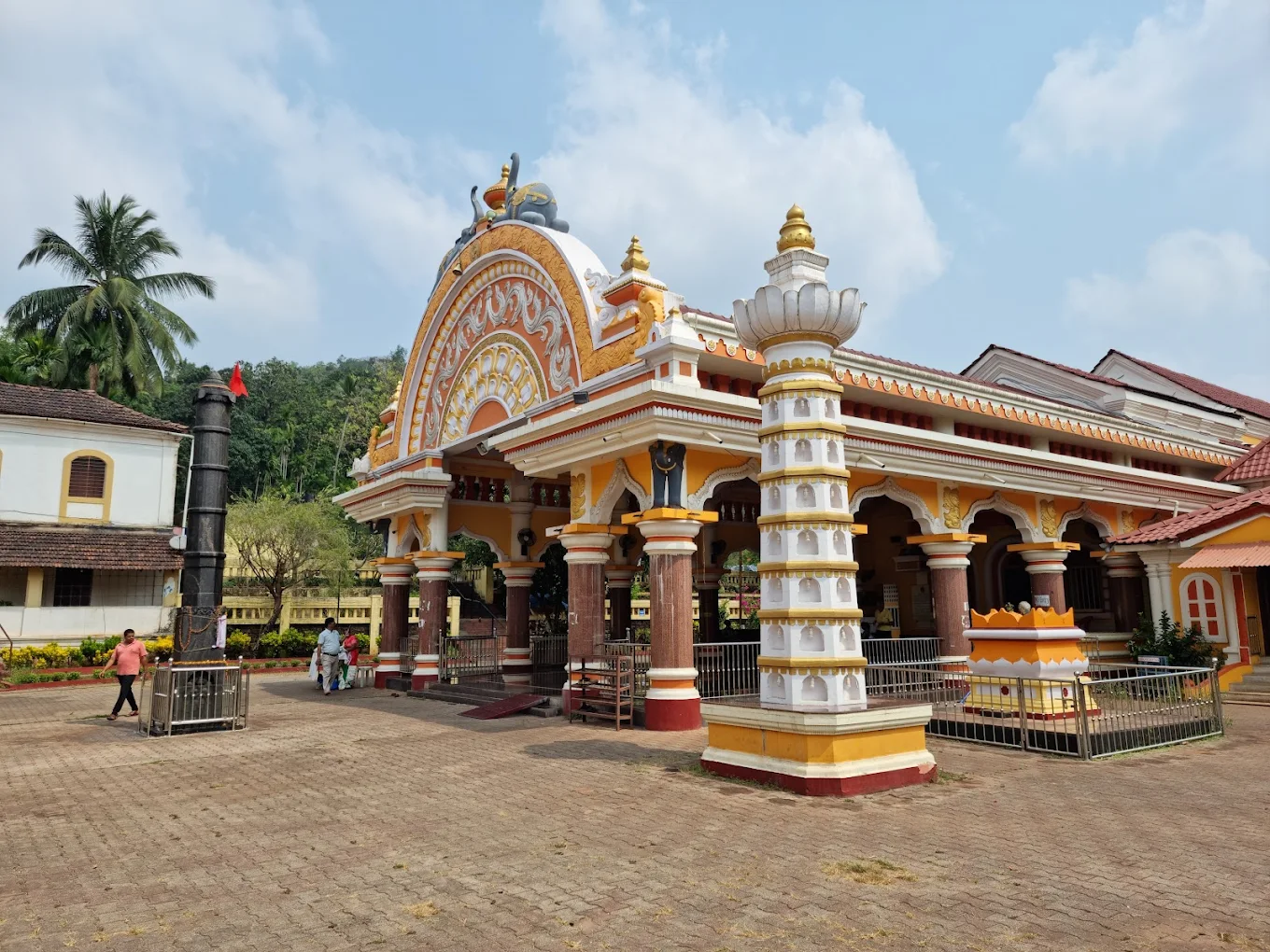
The Ram Mandir in Ayodhya, Uttar Pradesh, is not just a monumental temple; it is a spiritual, cultural, and historical symbol of India. After centuries of devotion, dispute, and determination, the temple dedicated to Lord Ram, the seventh incarnation of Vishnu, is nearing its full realization. Let’s explore everything about this grand temple – from its roots in history to the awe-inspiring features it holds today.
History of Ram Mandir
The site of the Ram Mandir is believed to be the birthplace of Lord Ram, also known as Ram Janmabhoomi. According to ancient Hindu scriptures and belief, Lord Ram was born in Ayodhya during the Treta Yuga.
The temple’s history has seen numerous phases:
- An ancient temple is believed to have stood at this site for centuries.
- In the 16th century, the Babri Masjid was constructed by Mughal emperor Babur’s commander Mir Baqi.
- The structure was demolished on December 6, 1992, leading to decades of legal, religious, and political discourse.
- After years of litigation, the Supreme Court of India on November 9, 2019, granted the disputed land to Hindus for the construction of the Ram Mandir, while also allotting alternate land for a mosque.
This verdict paved the way for the construction of the grand Shri Ram Mandir.
Shri Ram Mandir Ayodhya Architecture
The Ram Mandir is a marvel of traditional Indian temple architecture, showcasing the Nagara style, typical of North Indian temples.
Architectural Highlights:
- Height: Approx. 161 feet tall
- Length: Around 380 feet
- Width: About 250 feet
- Stories: 3
- Pillars: 392 intricately carved pillars
- Shikharas: 5 grand domes (shikharas)
The temple is entirely made of pink sandstone from Bansi Paharpur in Rajasthan. No steel or iron has been used in the construction, following ancient temple-building practices.
Significance of Ram Mandir Ayodhya
The Ram Mandir is a symbol of faith, unity, and resilience. It signifies:
- The spiritual identity of millions of Hindus.
- The fulfillment of a centuries-old dream.
- A center for pilgrimage and Vedic culture.
- A powerful symbol of cultural resurgence.
For devotees, visiting Ram Mandir is akin to visiting the divine abode of Lord Ram himself.

📍 Ram Mandir Ayodhya Location
- Address: Ram Janmabhoomi, Ayodhya, Uttar Pradesh, India.
- Coordinates: 26.7956° N, 82.1990° E
Ayodhya lies on the banks of the Saryu River in eastern Uttar Pradesh and is a key destination in the Ramayana circuit.
Ram Mandir Ayodhya Opening Date
The Pran Pratishtha (consecration) of the idol of Lord Ram took place on January 22, 2024. The ceremony was performed by Prime Minister Narendra Modi, accompanied by saints and spiritual leaders.
🏗️ Ram Mandir Ayodhya Construction Status
As of now:
- Phase 1 (Main Temple): Completed and open to the public.
- Additional phases (Museum, Research Center, and other facilities): Still under construction.
- The entire complex is expected to be completed by 2025.
Ram Mandir Ayodhya Features
- Garbh Griha: The sanctum sanctorum where a child form of Lord Ram (Ram Lalla) is enshrined.
- Parikrama path: A path for circumambulation.
- Devotee Halls: Large halls for gathering and worship.
- Yagyashala, Vedic Learning Centers, and Museum showcasing Ramayana heritage.
- Solar and eco-friendly systems for sustainable energy use.
- Digitally managed queue system for devotees.
Ram Mandir Ayodhya Construction Company
The temple is being constructed by Larsen & Toubro (L&T), one of India’s top infrastructure and engineering firms. The architectural design is provided by Chandrakant Sompura, a renowned temple architect from Gujarat, along with his sons Nikhil and Ashish Sompura.
Ram Mandir Ayodhya Area in Acres
- The total area of the temple complex is approximately 70 acres.
- The temple itself is being built on 2.7 acres of land.
💰 Ram Mandir Ayodhya Cost
The estimated cost of constructing the entire Ram Mandir complex is around INR 1,800 – 2,000 crores (approximately USD 220 – 250 million). The project is funded entirely through donations from devotees across India and abroad.
How to Reach Ayodhya Ram Mandir
By Air:
- Ayodhya International Airport (Maharishi Valmiki International Airport) is the nearest, newly inaugurated airport.
- Alternatively, you can fly to Lucknow Airport (approx. 140 km) and travel by road or train.
By Train:
- Ayodhya Railway Station and Faizabad Junction are well-connected to major Indian cities.
By Road:
- State-run and private buses connect Ayodhya to Lucknow, Varanasi, Prayagraj, and Gorakhpur.
- You can also hire taxis or drive by car via NH27 or NH330.
Final Thoughts
The Ram Mandir in Ayodhya is more than a temple – it’s the embodiment of India’s cultural soul, centuries-old devotion, and collective aspirations. Whether you’re a devout follower, a history enthusiast, or an admirer of Indian architecture, this sacred space welcomes all with open arms.
Jai Shri Ram!



